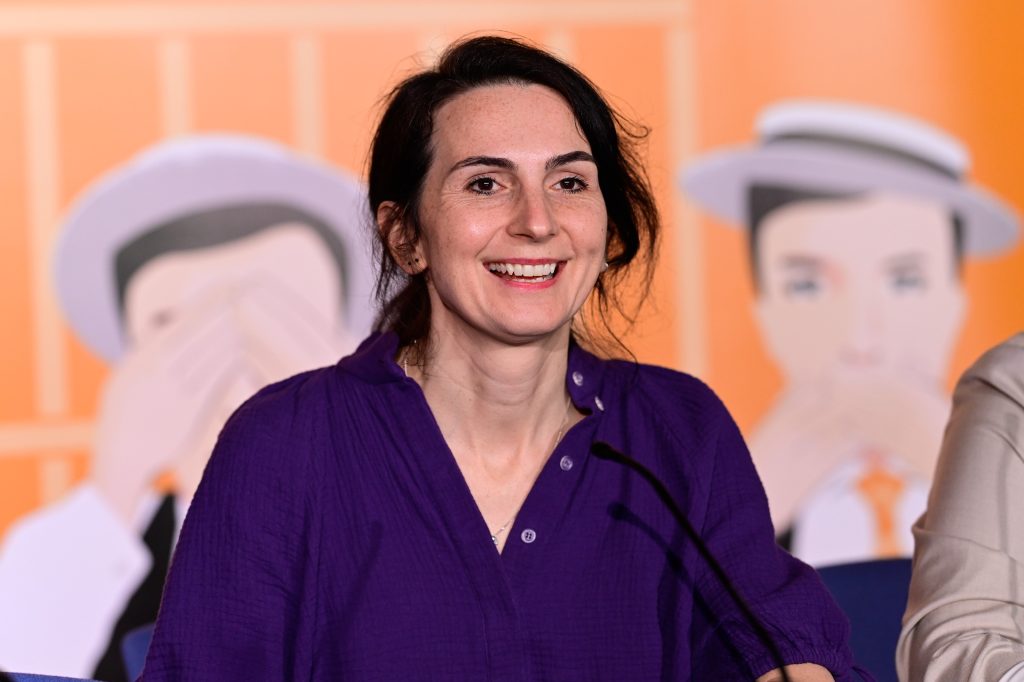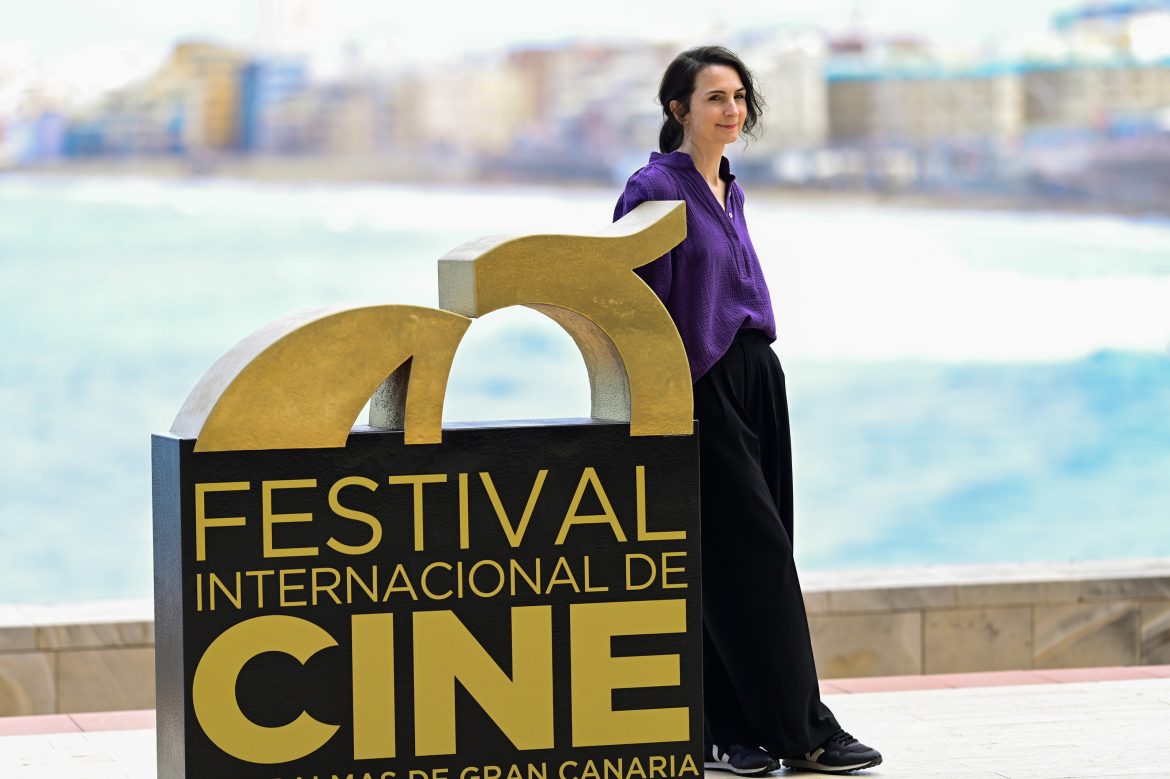• Czech filmmaker Klára Tasovská’s film documentary about photographer Libuše Jarcovjáková is competing in the 23FICLPGC’s Official Section
• Its first screening will be today, April 25, at 8:45 p.m. at Cine Yelmo Las Arenas Screen 6, when it will be presented by its director herself; while its last screening will take place on Friday, April 26, at 6:15 p.m. at Cine Yelmo Las Arenas Screen 7
• Ten works premiering in Spain as part of the Film Festival are competing for this 23rd edition’s Lady Harimaguadas, among other awards

Las Palmas de Gran Canaria, Thursday, April 25, 2024. Using only the lens of her camera, a young photographer, after the Soviet Union, along with the other Warsaw Pact partners, invaded Prague in 1968, decides to embark on a journey towards freedom to rid herself of the constraints of the repressive Czechoslovakian regime. This introduction could summarize I’m Not Everything I Want to Be (Ještě nejsem, kým chci být) (Czech Republic, Slovakia, Austria, 2024, 90 min.), Czech director Klára Tasovská’s first feature-length documentary now competing in Las Palmas de Gran Canaria International Film Festival’s Official Section.
I’m Not Everything I Want to Be is a biographical documentary essay by Klára Tasovská in which she captures and recognizes the particular journey towards artistic freedom and sexual liberation of Czech photographer Libuše Jarcovjáková, who, for many years, documented different communities in Czechoslovakia.
The director of this feature film, premiering in Spain as part of the 23rd FICLPGC after being screened in Berlin and Copenhagen, met with the press on Thursday, April 25, at the Alfredo Kraus Auditorium.
Klára Tasovská explained that, four years ago, she came up with the idea of making a film about Czech photographer Libuše Jarcovjáková, of creating it from her photographs, after learning the story of her life and her photography, something that “moved her.” Because of that, she said, she decided to “work with her on something more complex that would go beyond a television project.”
That’s how she began this journey, after looking at “hundreds of thousands of photographs and reading thousands of pages of her diaries.” Together with her editor, she began to create the story with an initial sample of 70,000 photographs that were reduced to 3,000 in the end. It took them two years to sort it all out, but with free rein and trust from Libuše Jarcovjáková to handle the material. In fact, she said, Libuše Jarcovjáková “wanted all her work to be shown from another perspective and from another point of view.”
Once she had looked at all her photos, she realized “little stories were constantly being captured” in them, so she told her story not only through images “but through her words in the diaries.” When the pandemic came and they couldn’t travel, it didn’t really matter because she already had the “necessary and perfect” material, so she decided to rely only on those photos and pages from her diaries.
Although she was sure from the start to follow a chronological order, documenting all this archive material and reading all the pages took her about a year. Then she began to take notes and extract information from what would later become the plot, dividing it into these small stories “and it was from there,” she said, “that the film emerged.”
A slideshow makes up the 90-minute running time of I’m Not Everything I Want to Be. The street, the night, sex, work, alcohol, love and depression are captured to portray the world around the artist, as well as her search for identity, daily struggles, relationships and emotions. The entries in the thousands of pages of her diary take the audience back to her life in Prague, Tokyo and Berlin between 1970 and 1989.
They decided to divide the film into different fragments corresponding to the places where the main character had lived, and which are reflected on her diaries, because, as the director pointed out, “dividing them into five small chapters would make it easier to work with the story.”
Regarding sound and music, the director explained that the narrations only use her voice and that they found the perfect song by a Czech musician, who was later in charge of the film’s sound, after working with different sequences. They decided to use contemporary style music because they understood that “it was important for the story to be rooted in the present.”
In short, the documentary focuses on how Libuše manages to go beyond the limits of the frame to offer a complete portrait of her as a woman, an artist. When Libuše saw the result of the work for the first time, said the director, “was very happy.”
Share this Post

